Autoclave
Autoclaves are also known as steam sterilizers and are typically used for healthcare or industrial applications. An autoclave is a machine that uses steam under pressure to kill harmful bacteria, viruses, fungi, and spores on items that are placed inside a pressure vessel. The items are heated to an appropriate sterilization temperature for a given amount of time. The moisture in the steam efficiently transfers heat to the items to destroy the protein structure of the bacteria and spores.
The costs of an autoclave can vary greatly because of the various uses and applications of this technology. Industrial and pharmaceutical autoclaves are customized and manufactured for a specific use and therefore costs are likely to differ compared to autoclaves you find in a hospital or dental office.
Report Abuse
Shipping Details
Based on 0 reviews
Be the first to review “Autoclave”
You must be logged in to post a review.
Vendor Information
- Store Name: ATLANTIC Scientific and Research Supply
- Vendor: ATLANTIC Scientific and Research Suply
- No ratings found yet!
-
Health & Medical
Haemometer set
Haemometers are used for the determination of blood’s content of haemoglobin. The Marienfeld Superior haemometer according to Sahli is supplied as complete set consisting of:
polystyrene support with 2 coloured rods and opal glass plate
comparator tube
haemoglobin pipette 20 μl acc. to Sahli
silicone tubing of approx. 16 cm length
white mouthpiece
dropping pipette with rubber teat
stirring rod
acid vial
cleaning brush
directions for use
without CE – mark, only for sale and application outside ECSKU: n/a -
Health & Medical
Digital hardness Tester
- Shore A, 0 and D to measure the hardness of plastics through penetration measurement
- Shore A rubber, elastomers, neoprene, silicone, vinyl, soft plastics, felt, leather and similar material
- Shore 0 foam, sponge
- Shore D plastics, formica, epoxides, plexiglass etc.
- Material thickness of the sample: min. 4 mmDelivered in a hard carrying case
- Particularly recommended for internal comparison measurement. Standard calibrations e. g. to DIN 7619-1 are often not possible because of very narrow standard tolerances
- Can be attached to the test stands TI-ACL (for Shore A and A0), TI-DL (for Shore D) to improve measuring uncertainty
- Large display with backlight
- Selectable: AUTO-OFF function or permanent operation, battery level indicator
SKU: n/a -
Health & Medical
Incubator/fluoresence microscope
Stand: Microscope stand configuration AFL
Objective: Objective A 4 / 0,10, Objective A 10 / 0,25, Objective SPL 20 / 0,35 (LD), SPL 40 / 0,60 (LD) in correction mount
condenser: Brightfield condenser NA 0,25 for attachment to the illumination unit
Illumination: HBO 100
Lamphouse: HBO 100 with collector, mirror, lamp mount and heat protection filter
HBO LAMP: Mercury high pressure lamp 100 W
Power supply: HBO 100 including mains cable
Filter slider: Filter slider for up to 2 filtersets
FITC Filter: Filter set D for immunofluorescence (FITC) blue excitation
Set of accessories: Set of accessories WS AFL, operating manual, dust coverSKU: n/a -
Health & Medical
Digital Incubator
Digital 10 l, 23 l and 56 l incubators are compact and economically priced, yet offer features not typically found in a basic incubator. The housing is all metal, as is the door frame. See-through acrylic door lets you view contents without opening the door. One shelf for 10 l and two shelves for 23 l and 56 l models are included, and can be adjusted in different levels – additional shelves can be purchased to increase storage capacity.
The heating elements in the incubators are incorporated into the bottom and sides of the aluminum chamber. This provides better temperature stability and uniformity than other incubators in it’s class. A grommet hole in the top of the unit can hold a thermometer for accurate temperature setting
SKU: n/a -
Health & Medical
Laminar air flow vertical
ESCO Airstream vertical laminar Flow Clean Benches LVG offer proven protection for your samples and processes where operator protection is not required. Vertical laminar flow offers certain tangible advantages over horizontal flow clean benches (which may be conventional in some parts of the world), such as lower energy consumption (40% of conventional systems) levels through the use of exclusive motorized impeller technology and less airflow turbulence (especially when large objects are used in the work zone). In fact, the negative pressure filter mounting system employed on these models is widely recognized to be superior to that of conventional horizontal flow clean benches.
ISO Class 3 air cleanliness within work zone as per ISO 14644.1 (Equivalent to Class 10 as per US Federal Standard 209E, 10 times “cleaner” than the usual Class 100 classification on clean benches offered by the competition).
High-quality polyester pre-filter and main ULPA filter with a typical efficiency of 99.9997% at MPPS and 99.9998% at both 0.3 and 0.12 microns provide the best product protection in the world; typical main ULPA filter lifespan is more than 3 years depending on the usage of the clean bench.
Mini-pleat separator-less ULPA filter technology reduces energy consumption and delivers increased laminar airflow uniformity for better product and cross contamination protection.
Integral filter metal guard on both sides prevents accidental damage to ULPA filter; seamless filter gasket is permanently melded on the filter frame and will not deteriorate over time; aerosol (DOP/PAO) challenge test port included.SKU: n/a -
Health & Medical
Glass -Test-Tube++
Glass test tube, also known as culture tube and sample tube, is a common and widely used glassware, which has a finger-like length, open top and closed bottom. It can be made of soda-lime material, borosilicate glass or quartz glass. And borosilicate glass and quartz glass test tube can withstand high temperatures up to several hundred celsuis.
SKU: n/a


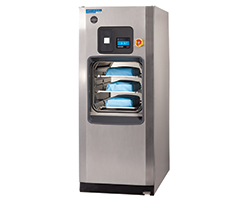
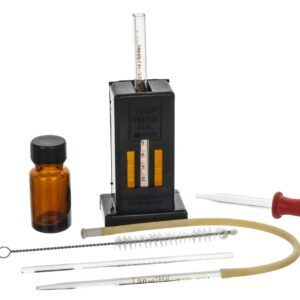
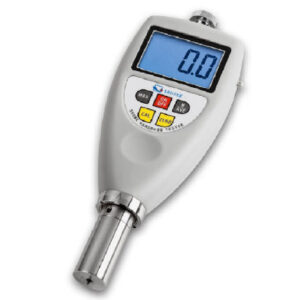
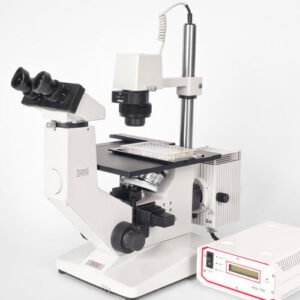
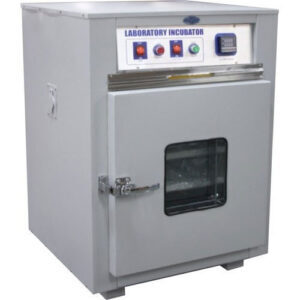
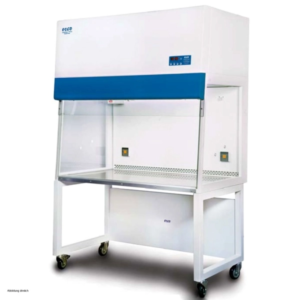
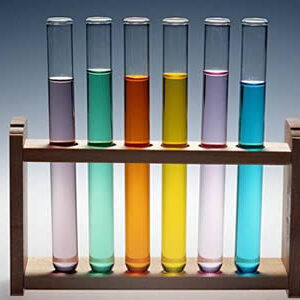
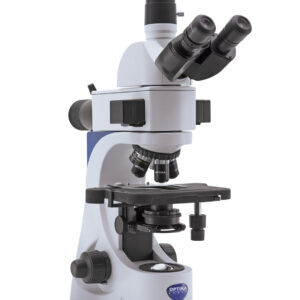
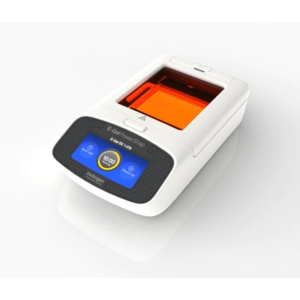
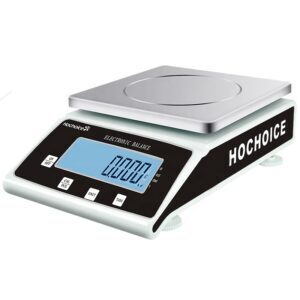
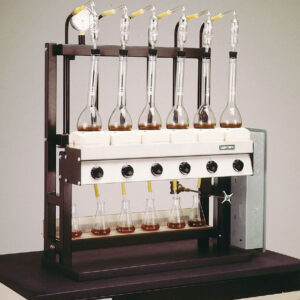
There are no reviews yet.